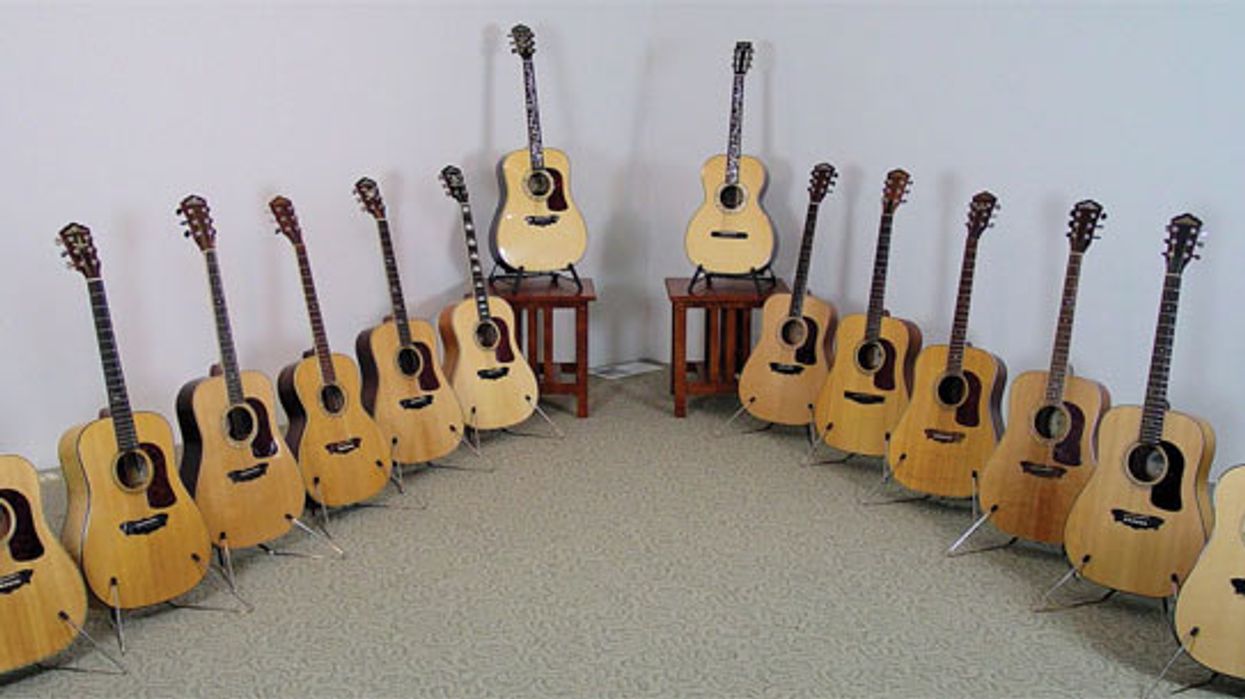Search
Latest Stories
Start your day right!
Get latest updates and insights delivered to your inbox.
ebay-depend-cash-flow-collector-jim-beauty-tone-scarcity-period-acoustic-decade-success-largest-personal-collection
Don’t Miss Out
Get the latest updates and insights delivered to your inbox.
Recent
load more
